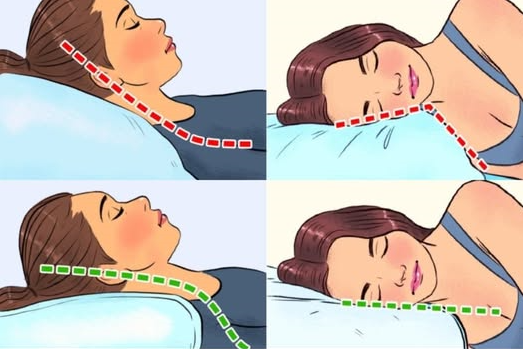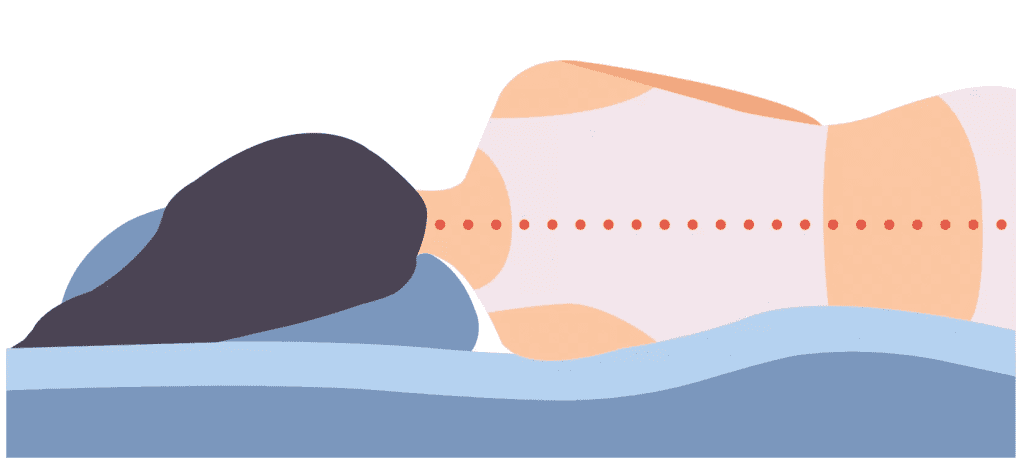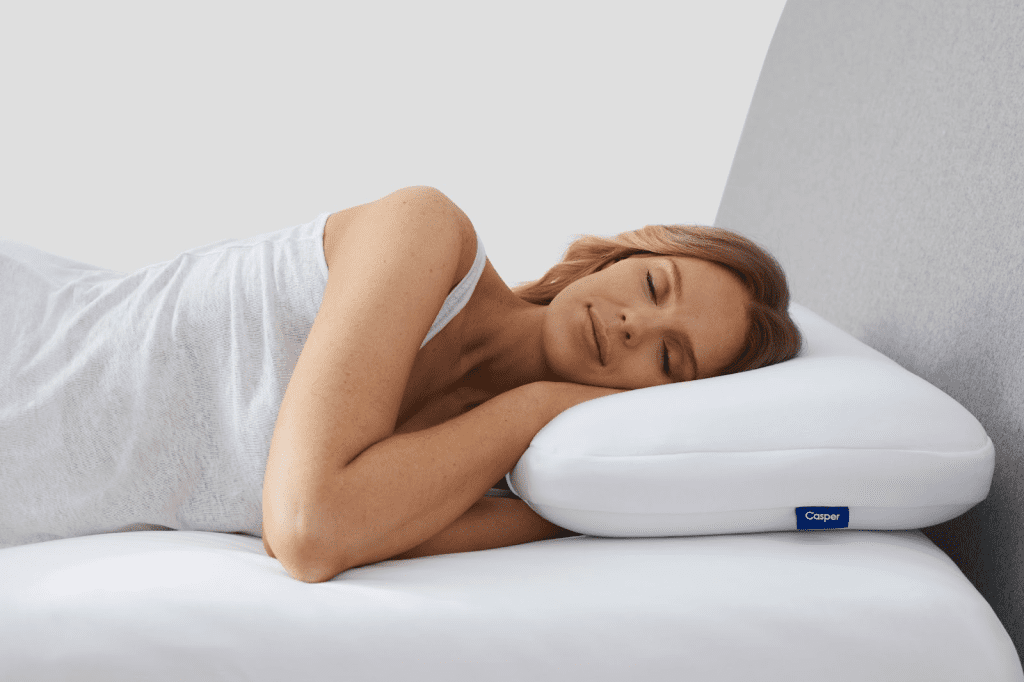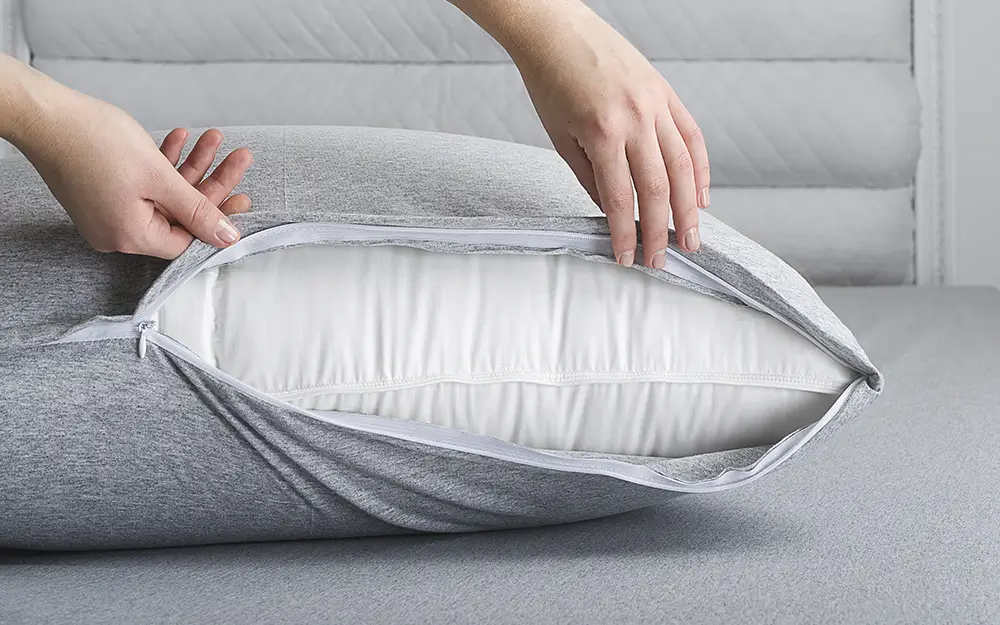Getting a good night’s sleep isn’t just about having a comfortable mattress—it also depends on the pillow you choose. The right pillow provides optimal support to your neck and spine, ensuring proper alignment and reducing discomfort. But should you go for a concave or convex pillow? Understanding their features can help you choose the best one for a deeper, more restorative sleep.
Pillows Are Not Just for Your Head—They Support Your Neck

Many people assume that pillows are simply for resting the head, but their real function is to support the neck. When lying down, the pillow should fill the natural curve of the neck, especially the hollow space behind the neck (if you sleep on your back) or between your face and shoulder (if you sleep on your side).
If your pillow doesn’t properly support your neck, your cervical spine may be left hanging in the air. This can cause muscle tension, neck pain, and even difficulty falling asleep. That’s why choosing the right pillow shape and height is crucial for a pain-free, restful night.
Concave vs. Convex Pillows: Which One is Better?
There are two primary shapes of ergonomic pillows: concave and convex. Each has its own benefits, but the key is choosing the one that best supports your sleeping position and spinal alignment.
Concave Pillows: Designed for Better Neck Support
Concave pillows have a dip in the middle and raised edges, allowing your head to rest in the lowered center while your neck receives extra support from the elevated sides.
✅ Best for:
- People with neck pain or cervical spine issues
- Back sleepers who need spinal alignment
- Those who toss and turn at night
✅ Benefits:
- Helps maintain the natural curve of the cervical spine
- Reduces pressure on the neck and shoulders
- Minimizes tossing and turning by keeping the head stable
Concave pillows are particularly beneficial for individuals who wake up with stiffness or discomfort in their neck and shoulders. By cradling the head, they prevent strain and keep the spine properly aligned.
Convex Pillows: A Traditional Approach with More Height
Convex pillows are higher in the center and lower on the edges, encouraging a slight upward tilt of the head. These pillows are often recommended for side sleepers who need additional support under the neck.
✅ Best for:
- Side sleepers who require elevation
- People who prefer firm support
- Those who snore (as it may help keep airways open)
✅ Benefits:
- Elevates the head, potentially reducing snoring
- Provides firm support for the neck and upper spine
- May help people with acid reflux by slightly raising the head
While convex pillows can provide firm support, they may not be the best option for back sleepers or those with chronic neck pain, as they can push the head too far forward.
How Pillow Height Affects Your Sleep

Some people prefer a higher pillow, while others sleep better with a lower one. But is height really that important? Absolutely! The wrong pillow height can strain your cervical spine, causing discomfort and disrupting sleep.
🔹 Too Low: A pillow that’s too flat won’t provide enough support, which can lead to neck stiffness and misalignment.
🔹 Too High: A pillow that’s too thick can push your head forward, restricting airflow and increasing the risk of snoring. Over time, it can even contribute to a hunched posture.
🔹 Just Right: The ideal pillow height should keep your head, neck, and spine in a neutral position. For most adults:
- Back sleepers should use a pillow about 10-12 cm (4-5 inches) high, ensuring a natural curve in the neck.
- Side sleepers need a slightly higher pillow to align their head with their shoulders. A height that matches the width of their shoulder is ideal.
💡 Tip: The perfect pillow height is approximately the width of your fist when lying on your back and the width of your fist plus the thickness of your palm when lying on your side.
What Features Make the Best Pillow?

A pillow’s shape, material, and support level all play a role in determining sleep quality. Here’s what you should look for:
1. Length and Width for Full Support
A good pillow should be slightly longer than the width of your shoulders, with a width of at least 30 cm (12 inches). The ideal size for an adult pillow is 40-60 cm (16-24 inches) in length, ensuring adequate support while sleeping.
2. Shape: Contoured for Cervical Spine Support
Flat pillows may look stylish, but they do not conform to the natural curve of the neck. The best shape is low in the middle and higher on both ends or higher in the front and lower in the back. This ensures that the cervical spine remains in its natural position while sleeping.
3. Pillow Core: Balance Between Softness and Firmness
The pillow core shouldn’t be too hard or too soft. A firm but slightly soft pillow is ideal because:
- A hard pillow has a small contact area with the head, increasing pressure and discomfort.
- A pillow that’s too soft won’t support the neck, leading to muscle fatigue.
The best pillows use memory foam, latex, or orthopedic support materials to provide the perfect balance between comfort and support.
When Should You Replace Your Pillow?

Even the best pillow won’t last forever! Over time, pillows lose their shape and become less effective. Here’s how often you should replace them:
🛏️ Every 6 months: If you notice your pillow has lost support or has visible wear.
🛏️ Every 1-2 years: Maximum recommended time to keep a pillow, as bacteria, dust mites, and allergens accumulate.
Final Thoughts: Choosing the Right Pillow for Better Sleep
When it comes to improving sleep quality, choosing the right pillow is just as important as picking the right mattress. Whether you opt for a concave or convex pillow, the key is finding one that maintains spinal alignment and supports your neck properly.
If you suffer from neck pain, back pain, or frequent tossing and turning, a concave pillow may be the best choice for its ability to cradle the head and support the natural curve of the spine. On the other hand, side sleepers or those who snore may benefit from a convex pillow, which provides additional elevation.
The right pillow can transform your sleep—so take the time to choose wisely!


